M&S has won a High Court victory for its Marble Arch store plans
When Michael Gove blocked M&S’s plan to knock down and rebuild its Marble Arch store last year, it was seen as a blow not just to the viability of the UK’s premier shopping destination, but to that of high streets across the country.
This week, the High Court quashed the housing secretary’s decision as unlawful, accepting all but one of M&S’s six counter-arguments. It means the commercial real estate sector can breathe a “sigh of relief”, says Vicky Fowler, head of planning at law firm Gowling WLG.
So what does the judgment mean for future retail developments? And what happens now?
No presumption of reuse
In making his decision, Gove said there was a “strong presumption in favour of repurposing and reusing buildings”, rather than rebuilding.
M&S argued in its legal challenge that no such presumption existed in the National Planning Policy Framework, which sets out the government’s planning policies for England.
Mrs Justice Lieven agreed. “In my view it is plain that the Secretary of State misinterpreted the NPPF, and therefore erred in law,” she said. “This is a clear case of interpretation, not application, of policy, and therefore the court is entitled to intervene.”
Gove had “relied on a meaning of the NPPF which is simply not open to him” she added, with the relevant section of the framework containing “some encouragement for the reuse of buildings, but nothing that comes close to a presumption”.
The judge’s decision stands to “give developers greater confidence in bringing forwards contemporary new-build schemes, even where the possibility of retrofitting existing structures is theoretically possible”, says James Souter, partner at Charles Russell Speechlys.
Read more:
-
M&S raises hourly shopworker rates in ‘biggest ever investment in retail pay’
-
Egg-spresso Martini and Flossy the Cow: M&S Easter range 2024
Consideration of alternatives
M&S argued Gove had failed to provide adequate reasons for rejecting findings from an independent inspector, who identified no viable alternative to its plans that would deliver the same public benefits.
Paul Shadarevian KC, who represented Gove, said he was entitled to do so because the inspector had identified gaps in the evidence.
But Gove had misunderstood and failed to deal with the inspector’s reasoning, said the judge. “The secretary of state alights on the gaps in the evidence that the inspector highlighted… but does not appear to appreciate that those gaps were not in the end material to the inspector’s conclusions,” she said.
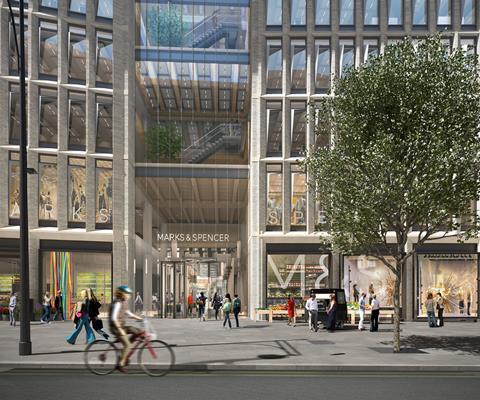
Public benefits vs heritage harm
Gove had accepted the public benefits of the scheme but found they were outweighed by heritage harm. Again, he had not adequately explained his reasoning, found the judge.
Alistair Watson, partner at Taylor Wessing, says: “The secretary of state wanted to say the public benefits were less and heritage impacts were more – but there was no evidence to that fact related in his decision.”
Harm to Oxford Street
The inspector had concluded there would be serious damage to the viability of the West End should M&S leave due to permission being refused.
Gove had acknowledged a potential for harm only to Oxford Street itself.
But it should have been obvious from the inspector’s report that the loss of footfall would extend down Bond Street and Regent Street, the judge found. “If the secretary of state was going to disagree on such a basic point… then he had to explain that clearly,” she said.
Embodied vs operational carbon
M&S argued Gove had misunderstood policy on embodied carbon – arising from the production of a building – versus operational carbon, which relates to day-to-day emissions.
Gove had indeed “become thoroughly confused” in thinking carbon offsetting requirements applied to both, rather than to operational carbon only, said the judge.
The clarity provided has “ramifications across the entire industry” because “every store, in every major high street, with a large occupier, may have to have this debate around rebuilding or repurposing”, say Taylor Wessing’s Watson.
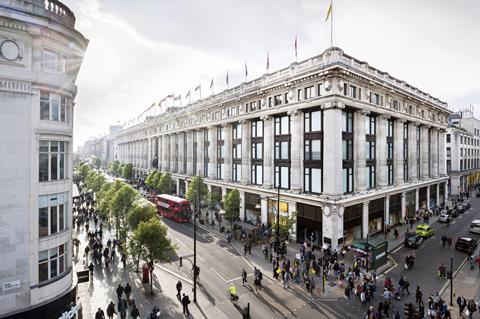
Harm to Selfridges
M&S said Gove had been wrong in his assessment of the harm its plan would cause to the Grade II listed Selfridges building on Oxford Street.
But Gove had provided adequate reasoning, citing Heritage England’s assessment that M&S’s building contributed positively to Selfridges’ through stylistic similarities, said Shadarevian.
It was the only point on which the judge agreed with Gove.
It illustrates how the “case goes to the heart of an uneasy tension between the protection of heritage assets, environmental concerns and developmental potential”, says Souter.
Read more:
-
Cut business rates and reform Apprenticeship Levy, says M&S boss
-
Ocado threatens to sue M&S over final joint venture payment
-
Aldi loses appeal in battle with M&S over copycat light-up gin
What now?
M&S’s plans must now go back to Department for Levelling Up, Housing & Communities to be considered again. With an election looming, a decision may not come quickly. A DLUHC spokesperson said: “We acknowledge the judgment and are considering our next steps.”
But a second rejection would have to be on new grounds, and in the meantime the judgment “has clarified a number of issues” on which Gove was simply wrong, says Watson.

He’s responsible for covering the discounters and retail property, and for commissioning and editing The Grocer’s analysis features. He has over 20 years' experience as a journalist, during which his by line has appeared regularly in a range of national newspapers.
Follow Steve on Twitter: @Steve_Farrell_ View full Profile







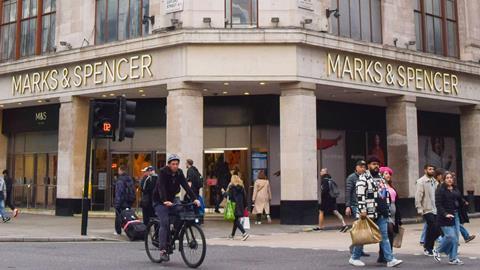




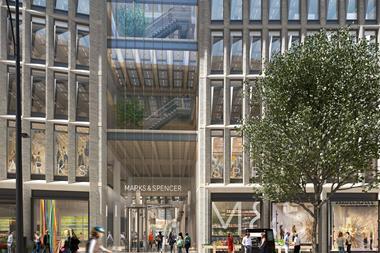
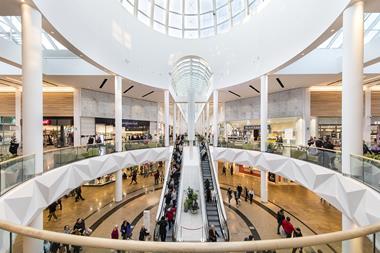


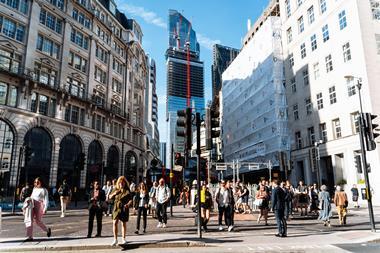







No comments yet